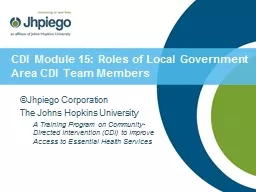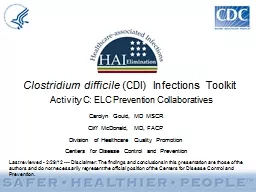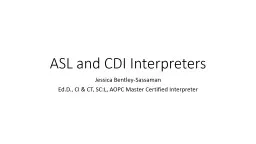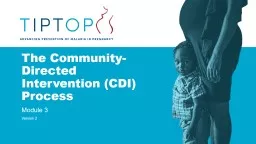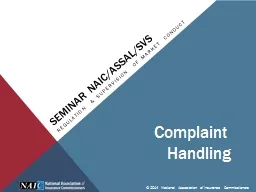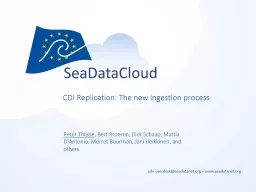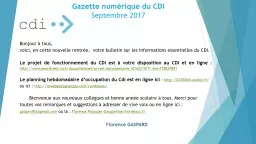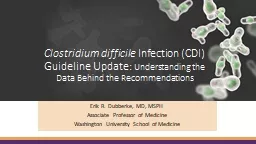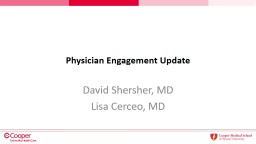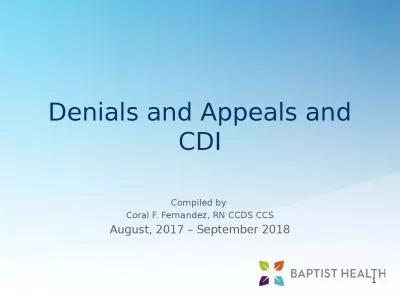PPT-Emerging CDI Trends in 2015: CDI Survey Findings and Tips to Elevate Physician Engagement
Author : alexa-scheidler | Published Date : 2019-11-20
Emerging CDI Trends in 2015 CDI Survey Findings and Tips to Elevate Physician Engagement John Zelem MD FACS Vice President Clinical amp Regulatory Learning Objectives
Presentation Embed Code
Download Presentation
Download Presentation The PPT/PDF document "Emerging CDI Trends in 2015: CDI Survey ..." is the property of its rightful owner. Permission is granted to download and print the materials on this website for personal, non-commercial use only, and to display it on your personal computer provided you do not modify the materials and that you retain all copyright notices contained in the materials. By downloading content from our website, you accept the terms of this agreement.
Emerging CDI Trends in 2015: CDI Survey Findings and Tips to Elevate Physician Engagement: Transcript
Download Rules Of Document
"Emerging CDI Trends in 2015: CDI Survey Findings and Tips to Elevate Physician Engagement"The content belongs to its owner. You may download and print it for personal use, without modification, and keep all copyright notices. By downloading, you agree to these terms.
Related Documents


